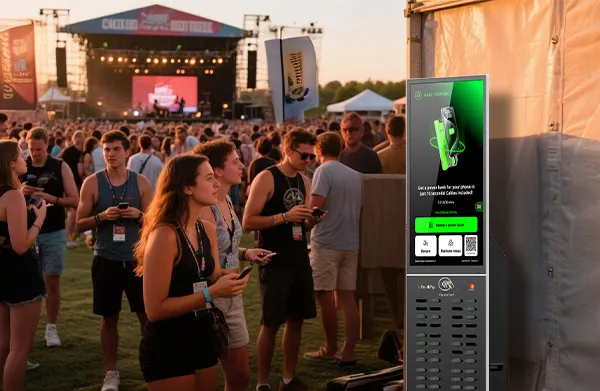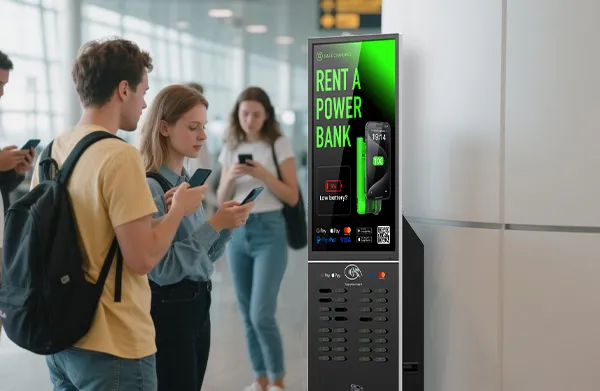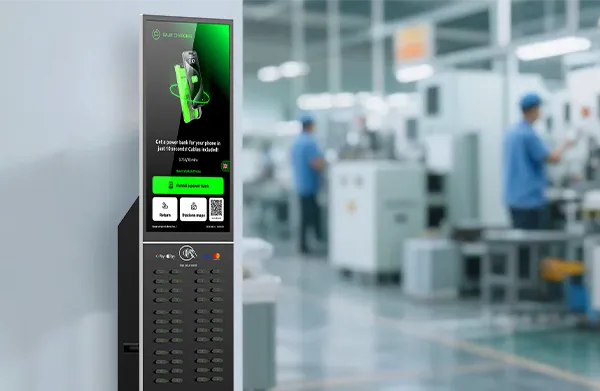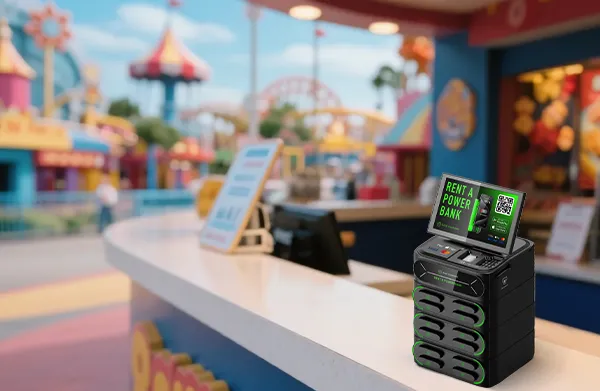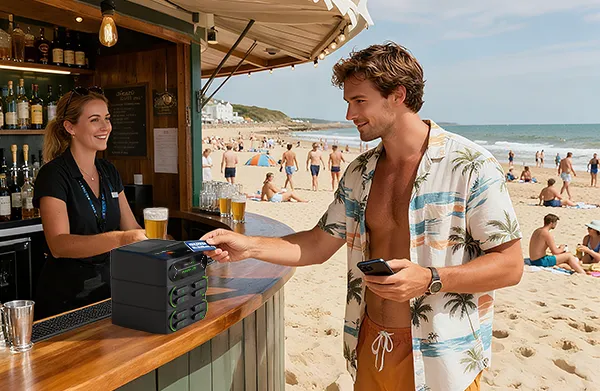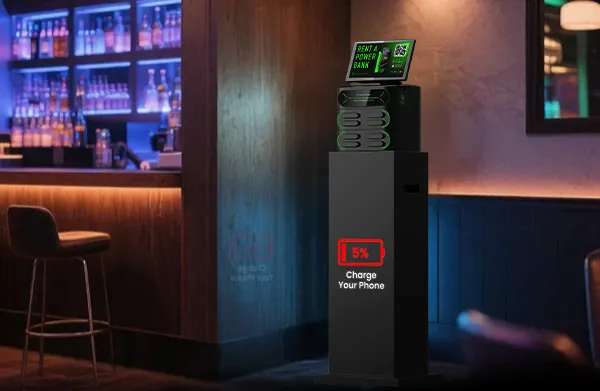With the popularity of smartphones and the rapid development of 5G technology, people’s demand for mobile device battery life is increasing. In scenarios such as travel, business trips, and daily outdoor activities, sharing power banks provide a convenient, instant, and economical solution. The market growth potential of phone charging lockers is huge and is expected to continue expanding in the future.
For investors who want to launch a power bank vending machine business in the United States, it is necessary to have a clearer understanding of whether the power bank sharing station market in the U.S. has growth potential. We will analyze the development prospects of the U.S. power bank sharing station market from multiple dimensions such as market demand and key influencing factors, helping investors accurately grasp industry opportunities and provide decision-making references for deploying the U.S. power bank station market.
1. What is the market demand and potential of phone charging stations in the U.S.?
According to KEPIOS ANALYSIS & GSMA data, the smartphone penetration rate in the U.S. has reached 93.1%, with 323 million smartphone users. As the third-largest smartphone market in the world, the large user base in the U.S. provides a broad market foundation for the mobile charging station industry.
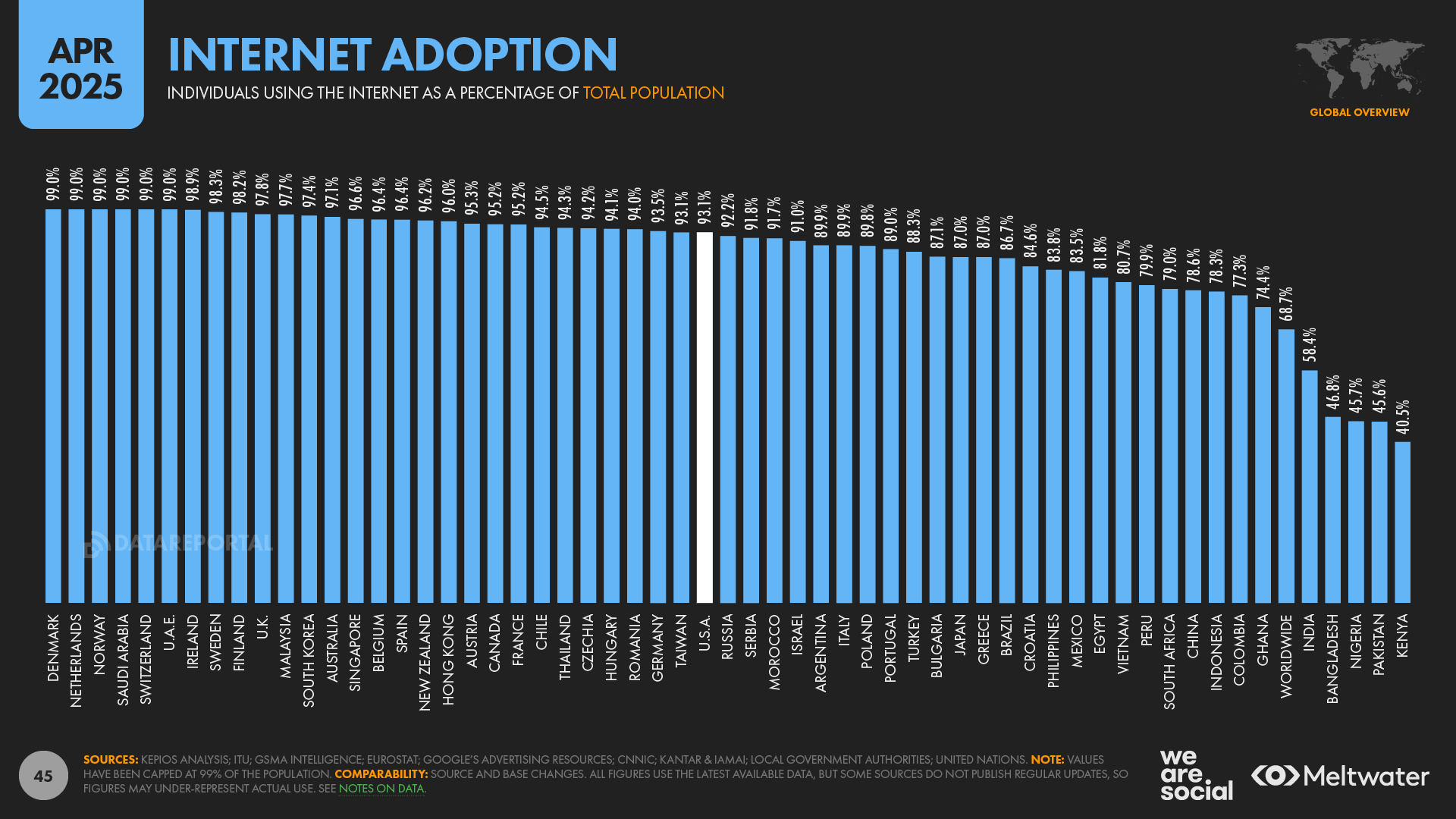
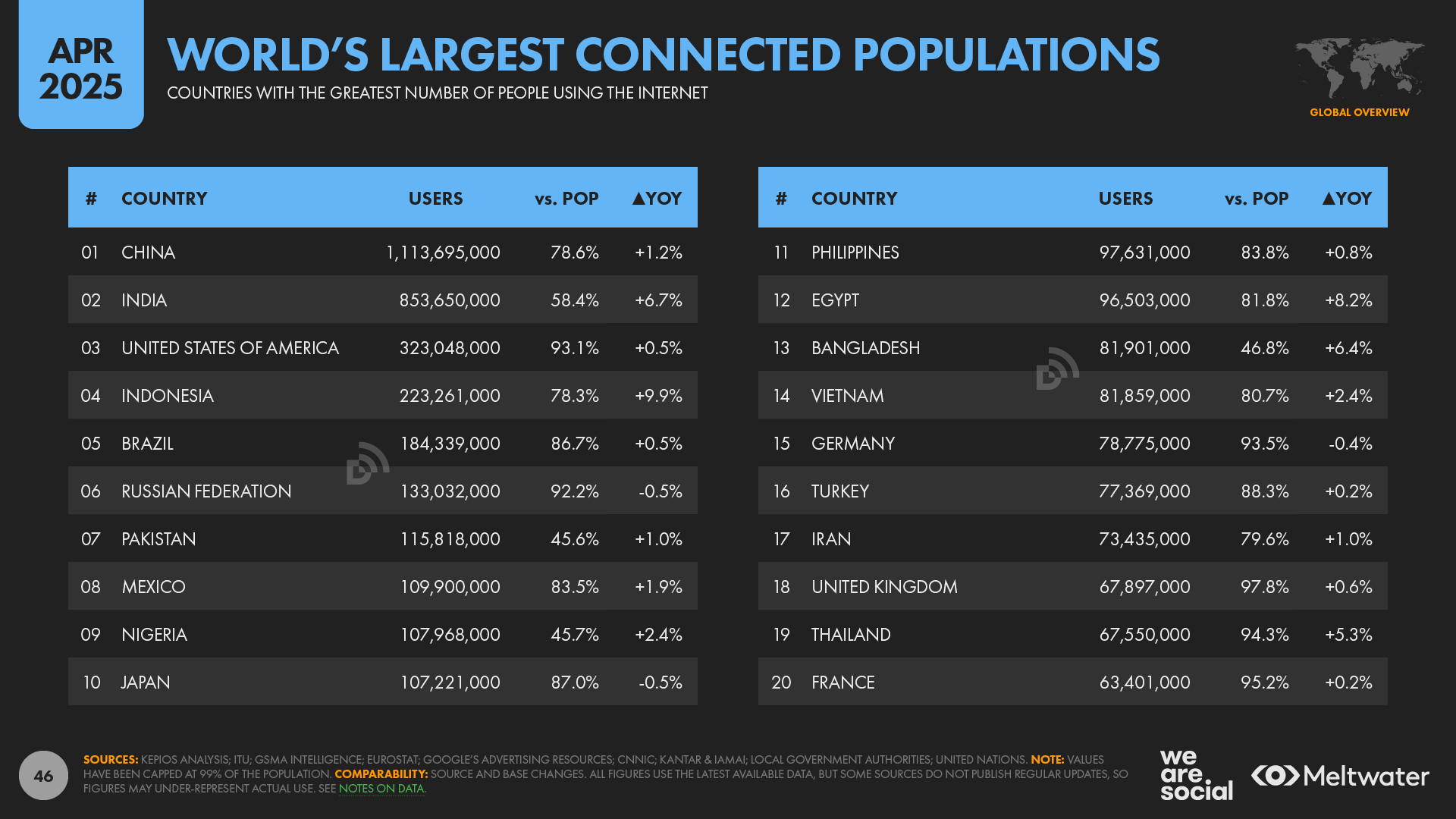
With the continuous increase in mobile phone usage frequency and the inconvenience of carrying power banks, the demand for mobile charging is high-frequency. Mobile charging stations, with their flexible, portable, and on-demand rental features, meet users’ emergency charging needs when they are outdoors, and the power bank vending machine market continues to grow.
- Strong mobile charging demand, a high-frequency rigid-need track
According to BOND data, U.S. users spend at least 5 to 6 hours on their phones every day, but battery life is limited. Since people use phones intensively every day, instant charging demand has become a rigid need. Power bank vending machines have huge market potential in the U.S. Investors who deploy rental power bank businesses in the U.S. are more likely to achieve business success and sustainable profitability.
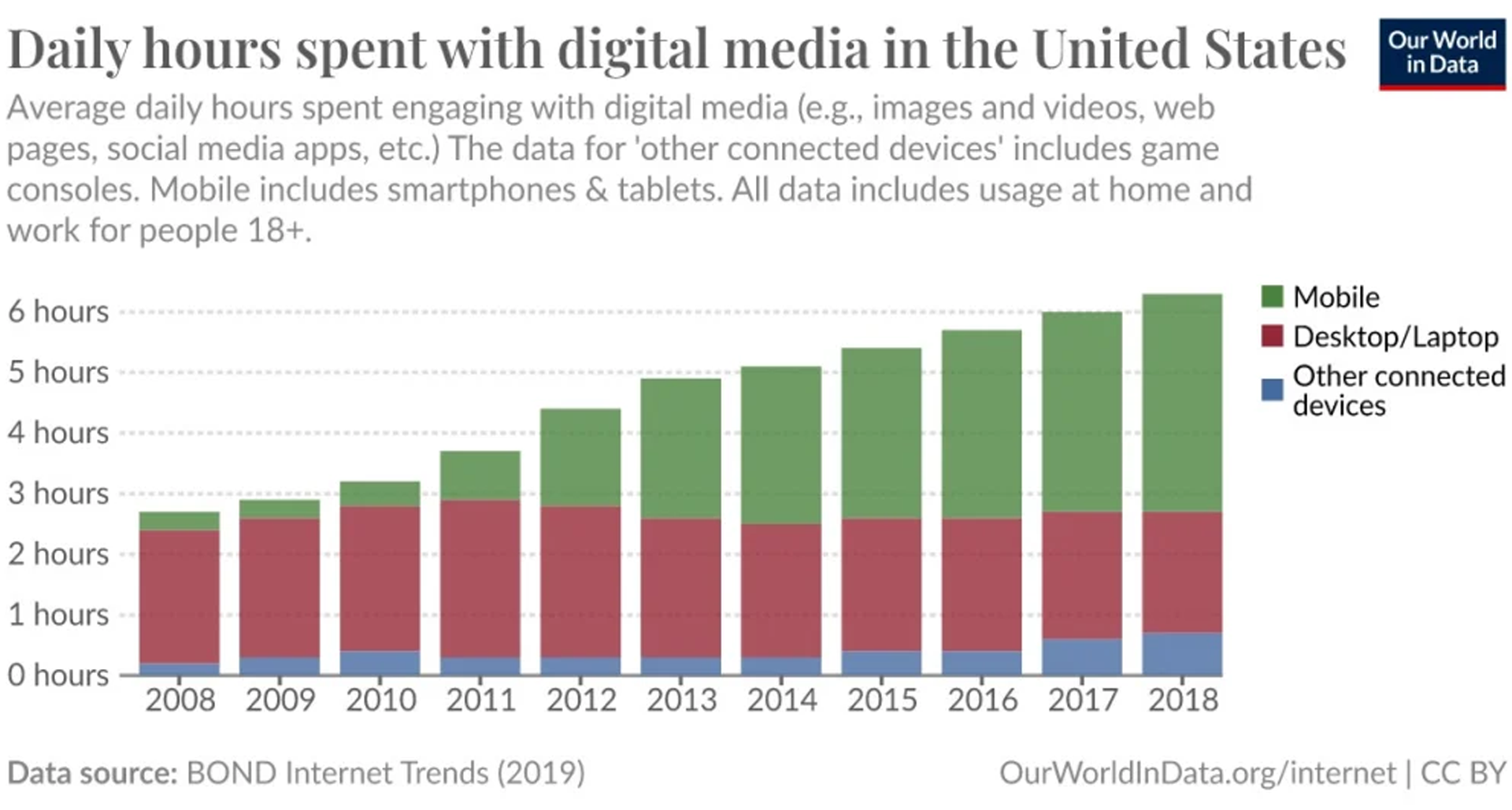
- User consumption trends, great growth potential for the power bank rental station market
Statista predicts that by 2040, the number of smartphone users in the U.S. will reach 364.2 million. People use mobile phones for communication, work, entertainment, and socializing at high frequency, consuming power quickly. When shopping, traveling, or on business trips, it is difficult for people to charge their phones in time, and carrying power banks and charging cables is inconvenient. Power bank rental station networks widely cover shopping malls, restaurants, transportation hubs, and other public places, allowing users to conveniently rent a device whenever urgent charging is needed.
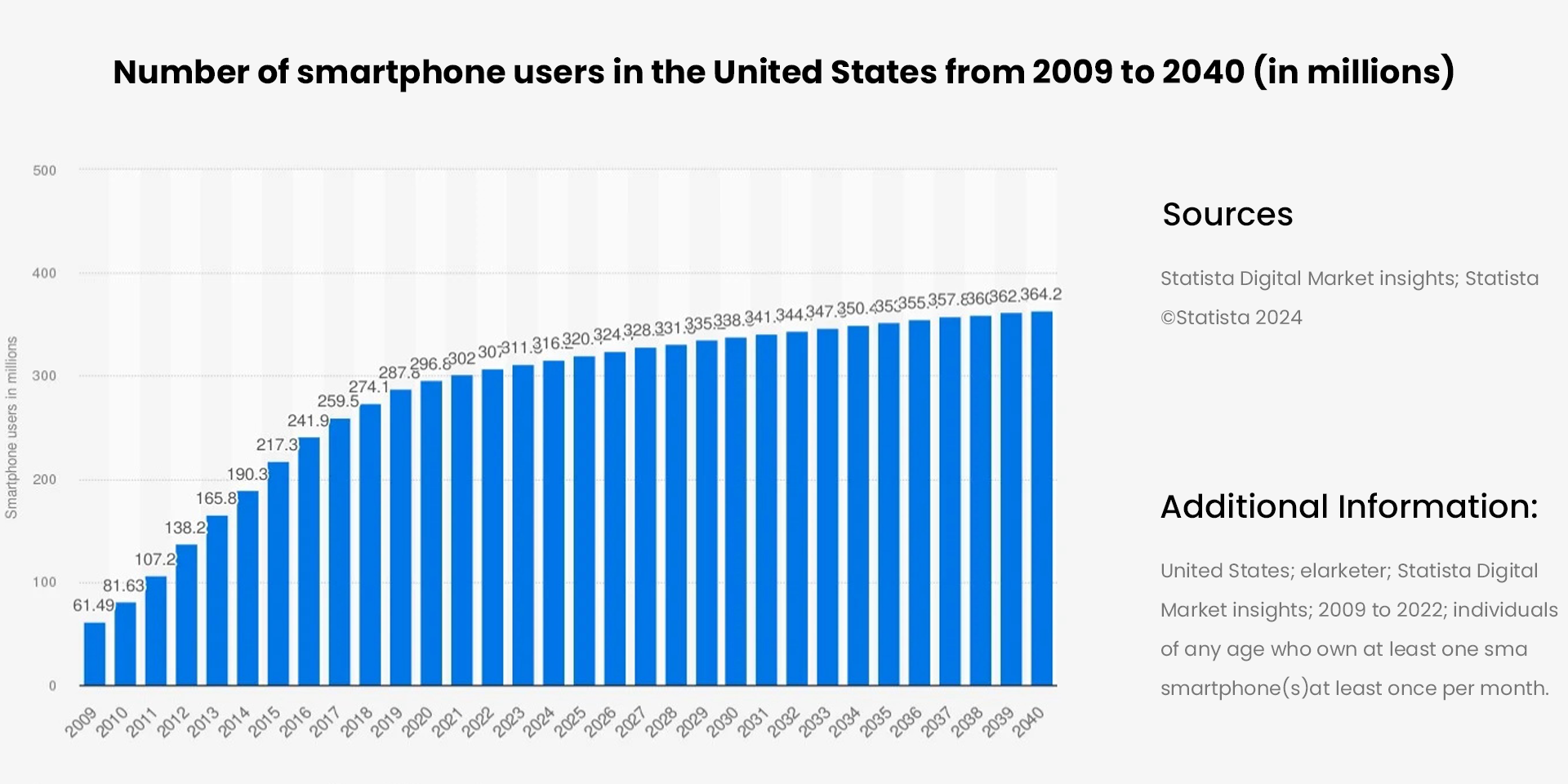
Using power bank rental stations is more environmentally friendly, reducing resource consumption and electronic waste through product sharing, which aligns with the sustainable consumption concepts of U.S. users. Renting on demand with pay-per-use is both eco-friendly and economical, making it more likely to be welcomed by U.S. consumers.
- Booming tourism drives the shared power bank market
As one of the world’s most popular tourist destinations, the U.S. attracts a large number of international visitors each year. Shared power banks set up at airports, business districts, and tourist attractions allow users to rent instantly and return flexibly, solving tourists’ battery anxiety.
The U.S. also has a thriving nightlife economy. Setting up shared power bank rental points in bars, nightclubs, and entertainment venues can bring additional commercial benefits to investors.
2. What key factors should be considered when starting a power bank sharing business in the U.S.?
- Deep localization of products to fit U.S. user habits
U.S. consumers generally use cards for offline payments, and QR code rentals are not convenient for them. Power bank sharing must be deeply customized to fully adapt to U.S. consumer habits. A technology platform should provide one-stop power bank sharing solutions, including hardware, software, and payment channels.
Users can rent directly with credit/debit cards, or NFC (Apple Pay / Google Pay / Samsung Pay), completing the process quickly for phone charging. Convenient and flexible rental methods lower the threshold for user adoption, making power bank sharing easier to accept and increasing usage frequency.
If investors want to reduce upfront costs, we recommend clicking the link to learn more about [How can a screenless MINI POS modular charging station help investors save costs?], which helps investors start a cell phone charging station business in a more economical way.
- Differentiation advantage, quickly opening the market
Consumers not only need convenient charging but also want faster charging. The technology platform develops and launches fast-charging cell phone charging stations that can charge 60% in 30 minutes, efficiently meeting users’ demand for charging speed.
Flexible rental options that cover different user habits, supporting card rental and NFC rental, make the rental process simpler and more flexible.
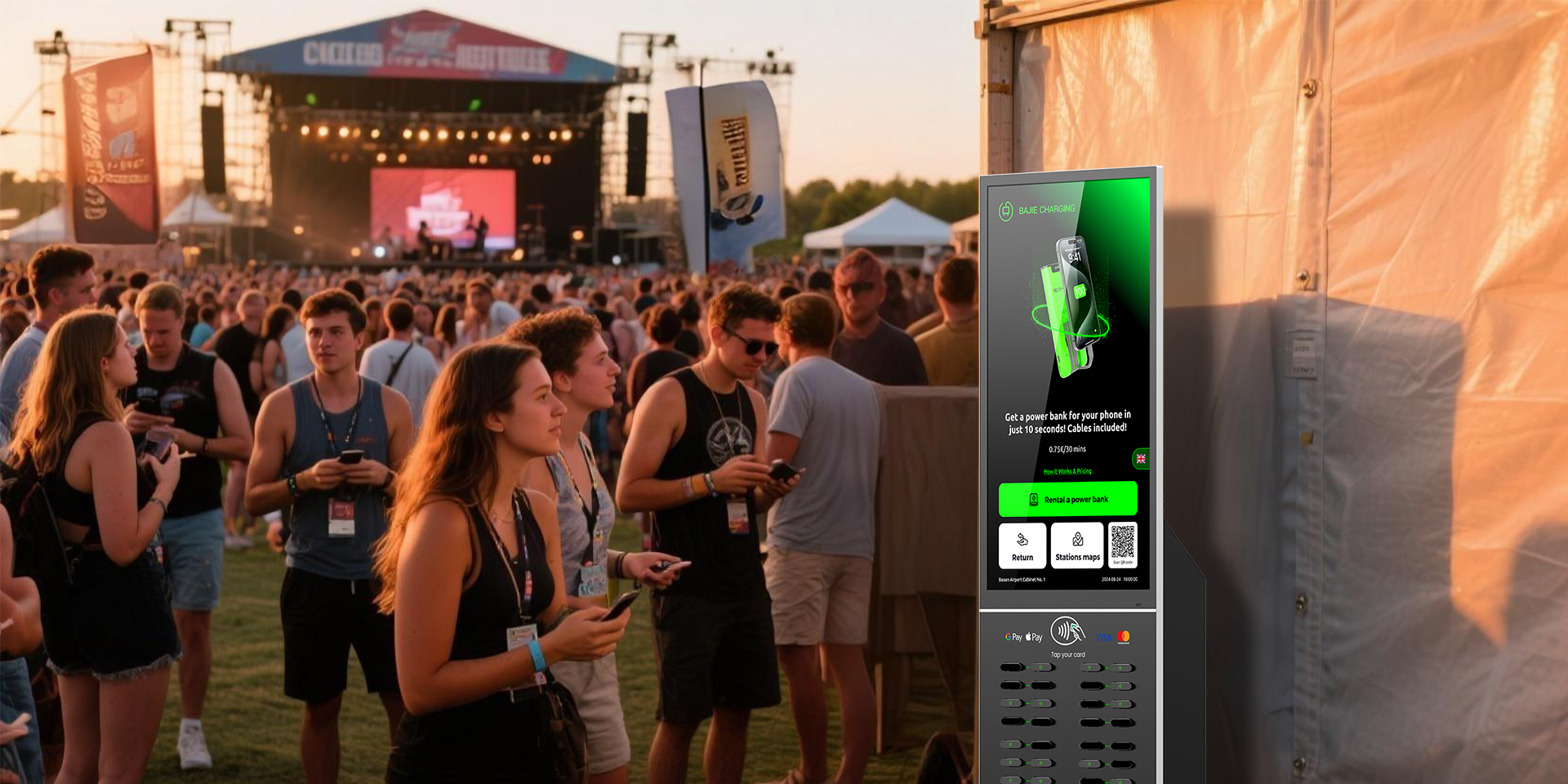
The mobile phone charging station technology platform has strong R&D capabilities and a rapid product iteration system, able to launch localized products tailored to target markets. These include POS charging stations, MINI POS charging stations, backup-battery charging stations, free-to-use charging stations, and other distinctive and competitive solutions. Such differentiation advantages help investors quickly penetrate the U.S. power bank rental market, accelerate brand influence building, and become a well-known mobile charging station brand faster.
- Smart operations and maintenance, efficiently solving customer issues
With intelligent operations management, the system can monitor device status in real-time, automatically resolve failures, maintain a 98% device online rate, reduce maintenance costs for investors, and support efficient mobile charging station business management.
- Cover high-quality sites to seize the market
For mobile charging station deployment, choose locations with high traffic and long user dwell times. Airports, transportation hubs, and hospitals are key, along with hotels, bars, and nightlife venues where users have urgent charging needs and are willing to pay a premium for convenience. As the service network of mobile charging stations expands, economies of scale form, continuously reducing operating costs and improving investment returns.
3. Want to seize high-quality sites? Which venues are most suitable for deploying cell phone charging stations?
Based on U.S. offline venue data, investors can prioritize high-traffic locations with longer dwell times for deploying cell phone charging stations.
According to Georgia Tech, the U.S. restaurant industry is huge, with about 705,000 restaurants, including fast-food chains, dessert shops, and fine dining establishments. Customers generally stay longer in restaurants, creating higher charging demand and frequent equipment rentals, helping investors generate more revenue.
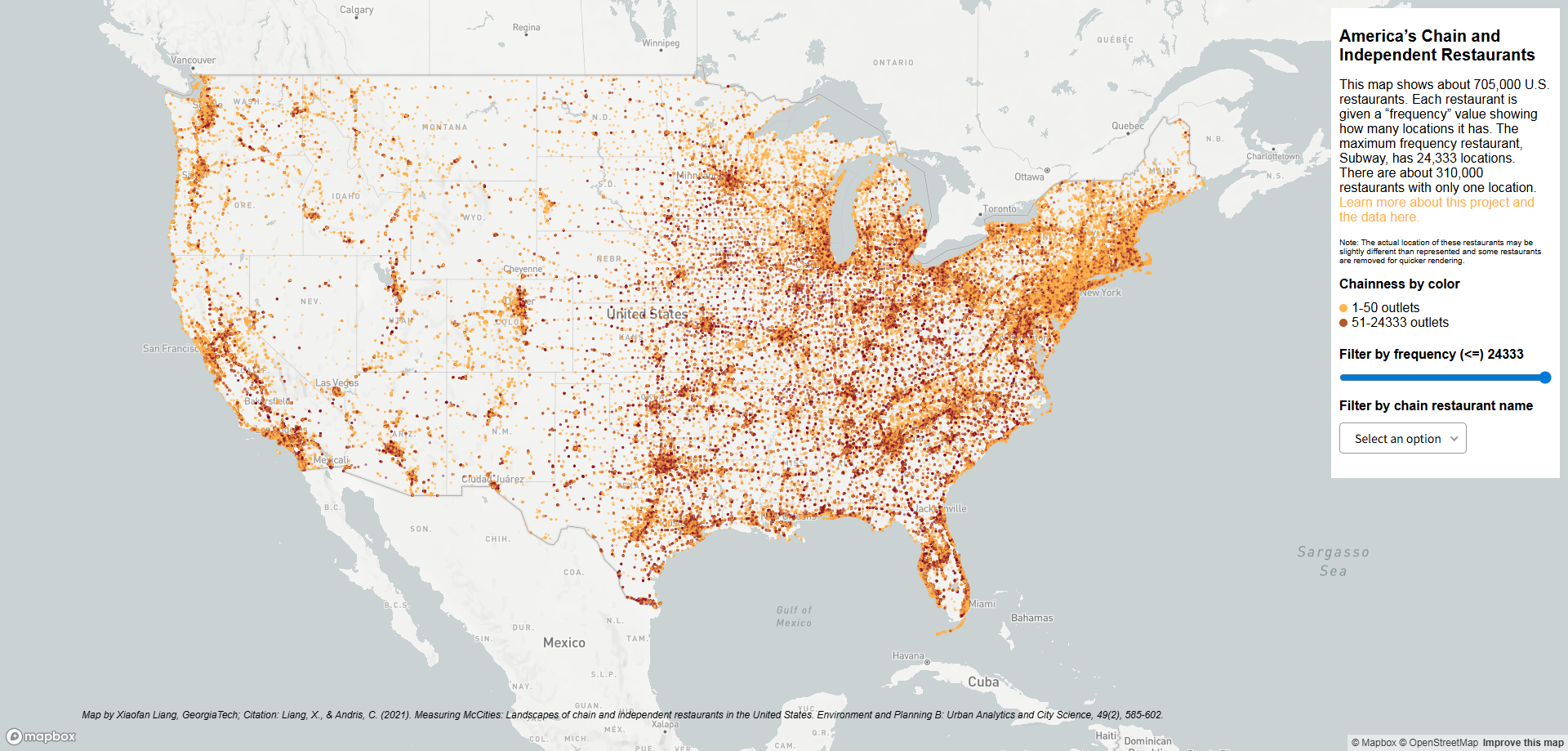
| Location | Number of Restaurants | Location | Number of Restaurants | Location | Number of Restaurants |
|---|---|---|---|---|---|
| California | 85,779 | Michigan | 19,984 | Virginia | 11,928 |
| Texas | 56,739 | Pennsylvania | 16,930 | Maryland | 11,573 |
| New York | 49,510 | Washington | 16,732 | Louisiana | 11,275 |
| Florida | 48,354 | Massachusetts | 15,709 | Tennessee | 11,170 |
| Pennsylvania | 26,626 | Ohio | 14,106 | Minnesota | 11,133 |
| Illinois | 26,543 | Colorado | 13,424 | Alabama | 9,750 |
| Georgia | 24,821 | Indiana | 13,276 | Connecticut | 9,158 |
| North Carolina | 23,471 | Wisconsin | 13,052 | Kentucky | 8,594 |
| Arizona | 22,915 | Missouri | 12,417 | Washington, D.C. | 7,733 |
| New Jersey | 20,373 | Arizona | 12,321 | Nevada | 6,806 |
Data from the National Restaurant Association shows that California has the largest number of restaurants at 85,779. Considering population density and consumption habits, investors are recommended to prioritize deploying phone charging stations in California, Texas, New York, Florida, and other restaurant-rich and high-traffic regions to quickly establish service networks and capture market share.
According to World Coffee Portal, there are already 42,712 coffee shops in the U.S., and the number continues to grow. Coffee shops are distributed across communities, business districts, and office areas—high-value locations. Deploying phone charging stations in coffee shops can increase rental revenue, enhance brand exposure, and facilitate expansion into surrounding areas.
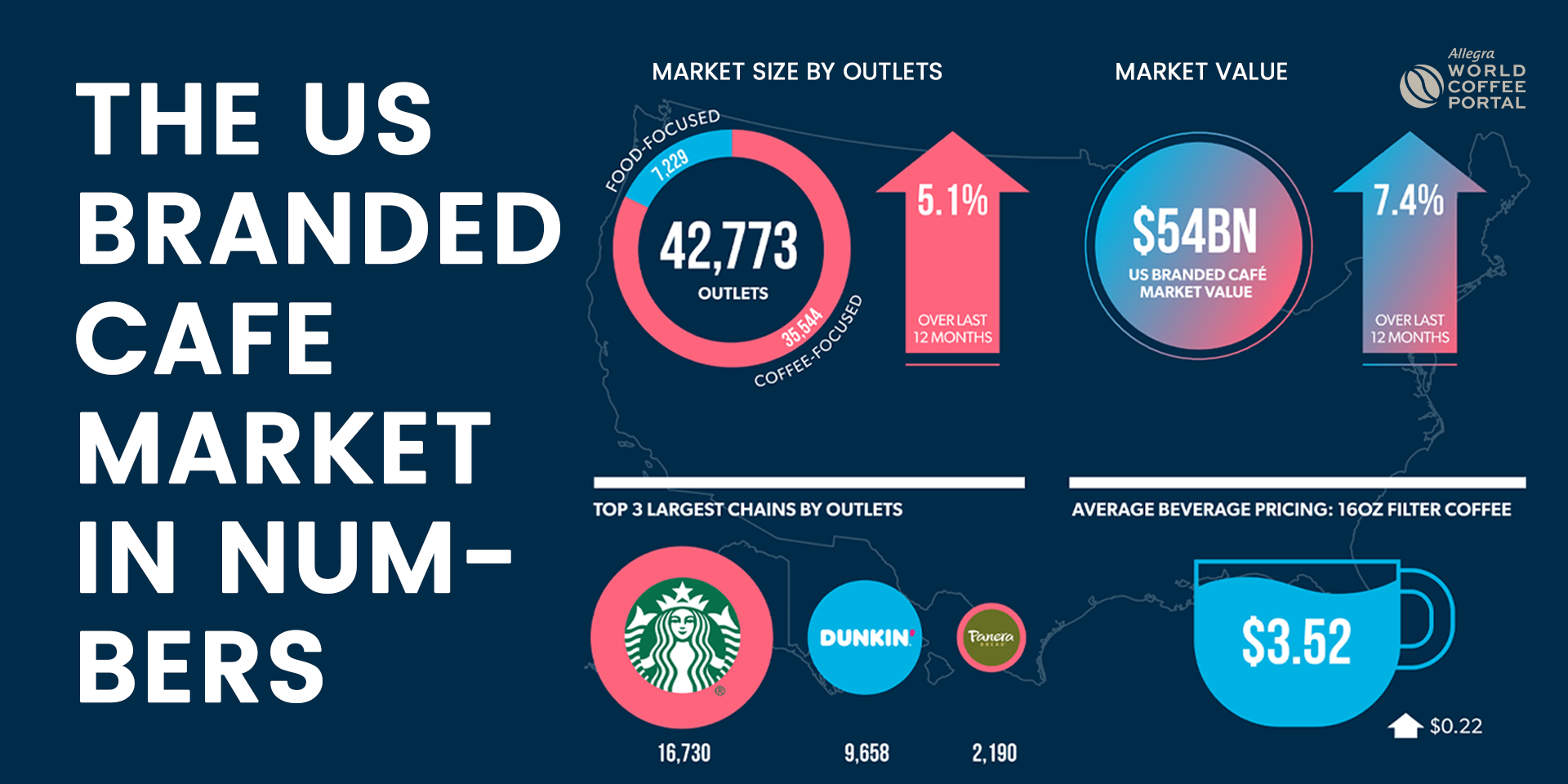
Each major U.S. city has thousands of landmark buildings. For example, New York City has over 23,000 landmarks, and Times Square alone attracts 50 million visitors annually. Tourist attractions consistently draw large numbers of international visitors who need to use their phones frequently for navigation, photography, communication, and information, leading to rapid battery consumption. Shared power bank rental stations can quickly meet tourists’ emergency charging needs.

Transportation hubs such as airports, subways, train stations, high-speed rail stations, and bus terminals have large passenger flows and concentrated dwell times, making them ideal for power bank rental deployment. For instance, New York’s subway had 2.04 billion passengers in 2024, covering 472 stations. Similar high-traffic subway systems exist in Chicago, Washington, and other cities. People often experience battery anxiety while commuting.
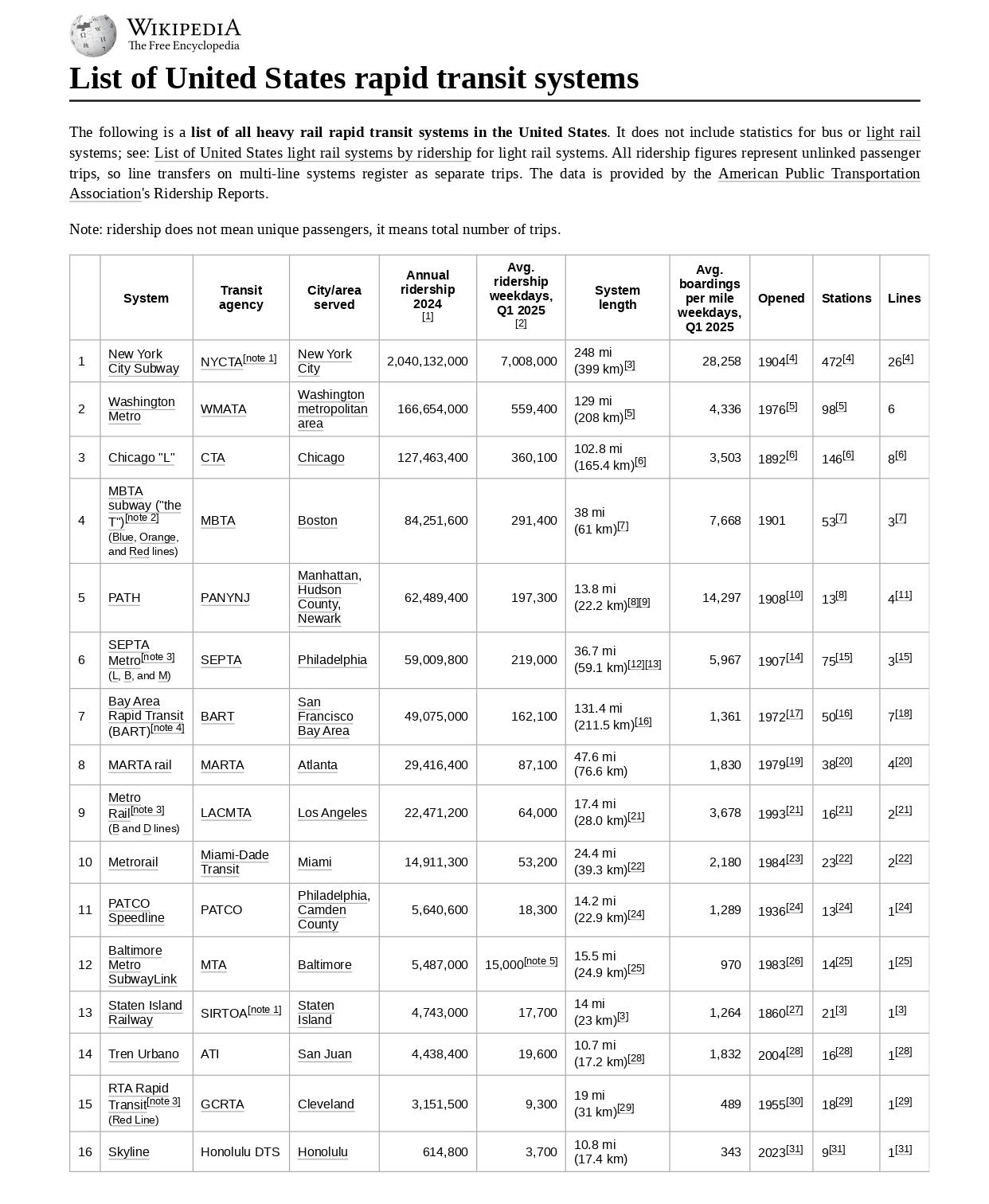
With mobile charger power banks available for flexible rental and return across different locations, even across cities, the service matches the charging needs of mobile users more effectively. The advantages of mobile phone charging vending stations help investors expand site coverage efficiently.
Conclusion
The U.S. has a huge smartphone user base with high-frequency, rigid demand for mobile power. Vending machine power banks in the U.S. have significant growth potential. In high-traffic scenarios such as transportation hubs, tourist attractions, restaurants, and entertainment venues, power bank sharing solves users’ battery anxiety by providing convenient charging services anytime, anywhere.
Investors should prioritize deploying in core metropolitan areas, focusing on high-quality venues with long dwell times. With intelligent management platforms, they can achieve efficient device operations and cross-regional management, reducing costs and accelerating power bank kiosk market expansion. Fast-charging technology, multiple rental methods, and customized products continuously enhance investors’ market competitiveness.
Investors can seize this opportunity, take swift action, and capture the U.S. sharing power bank market through refined operations and differentiated strategies.
August 16, 2025


